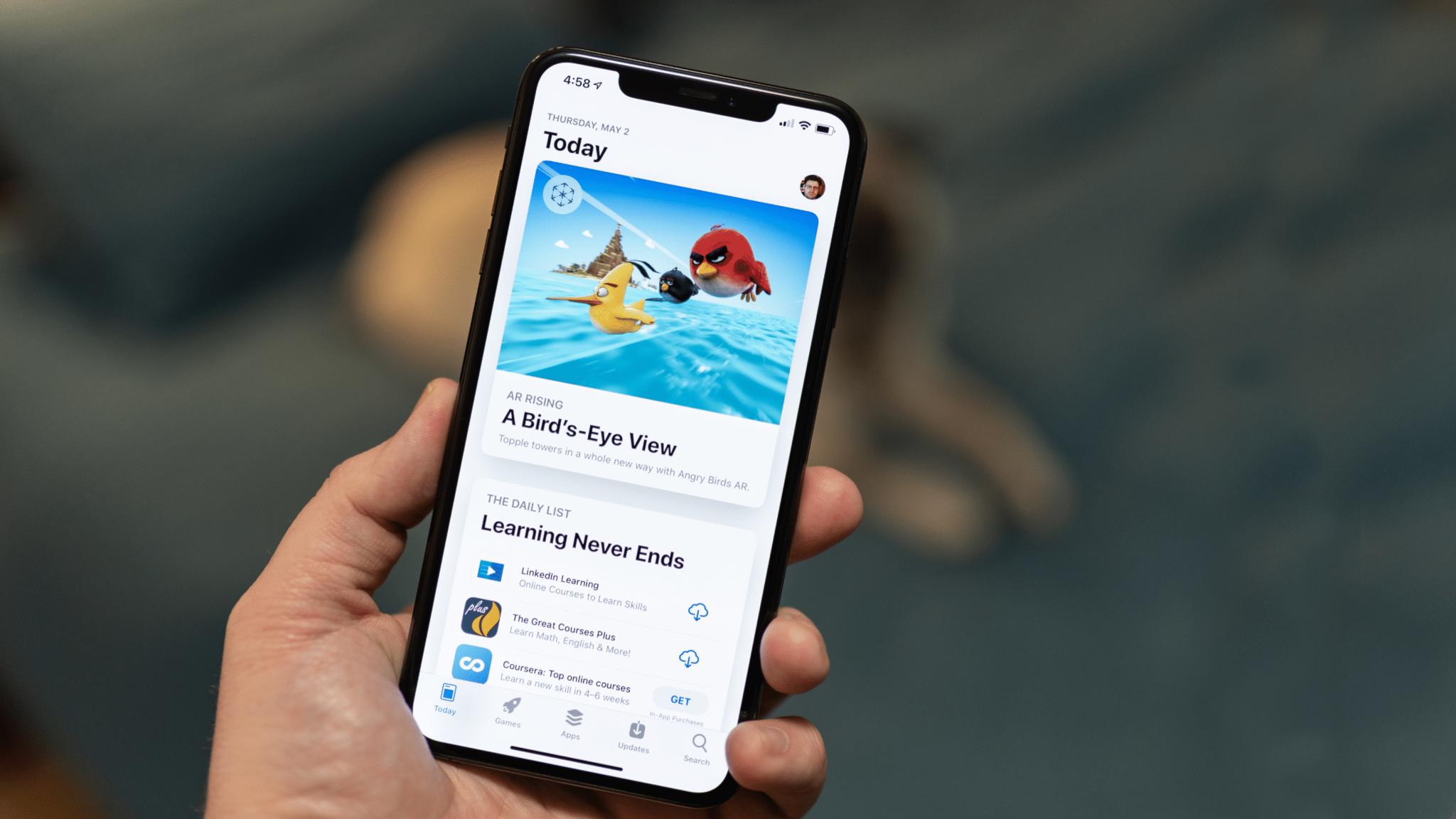Installing third-party iPhone app marketplaces is so fiddly and convoluted, you might never want to actually do it
Third-party app stores are here, but they aren't easy to use.

Now that Apple allows the installation of third-party app marketplaces with the release of iOS 17.4, EU iPhone owners have a new option when it comes to downloading and installing their apps. The whole process is still shrouded in mystery somewhat as companies and developers work to get their app marketplaces ready, but a new report has shed some new light on what goes into actually installing one of them — and it turns out that the process is a little more convoluted than you might think.
Apple has so far come under scrutiny for the way it has chosen to comply with the European Union's Digital Markets Act. It's that act that has forced Apple to allow the installation of third-party app marketplaces and while it stops short of requiring sideloading as such, these marketplaces are a far cry from the walled garden of the App Store. Apple has also since confirmed that it will allow app developers to offer apps for download via their own websites, too.
But before people can install apps from a new app marketplace, they first have to install the marketplace itself. And a new report suggests that the process of doing that is a bit of a farce.
12 screen interactions
The Verge has been able to take a new app marketplace for a spin to see how things work, and it makes for some eye-opening reading. The app store in question was Mobivention, a marketplace that is focused on businesses and allows companies to distribute their own apps internally. None of that is really important because all app marketplaces will be installed the same way. What's really important is the report's note that installing the marketplace required "around a dozen screen interactions."
"It goes like this: you begin by clicking a browser-based link to load the alternative store. From there, you receive a pop-up informing you that your installation settings don’t allow marketplaces from that developer," The Verge explains when detailing the process. "Then, you head into Settings, enable the marketplace, return to your browser, click the download link again, and receive another prompt asking you to confirm the install." From here, the app marketplace is ready to go and people can download the apps it offers at will.
Thankfully, it seems that installing those apps is easier and anyone who has used the App Store should feel right at home — tap a button that says "Install" and the installation begins. However, in the case of the AltStore users will need to add sources for some apps which seems a little like the old Cydia jailbreaking days.
"AltStore allows you to add 'sources,' which are URLs developers share that contain JSON files holding app metadata," The Verge explains "Once these sources are added, the apps they point to can be downloaded from AltStore."
iMore offers spot-on advice and guidance from our team of experts, with decades of Apple device experience to lean on. Learn more with iMore!
Being able to install apps that wouldn't normally be allowed into the App Store might make the hassle worth it, but it remains to be seen just how popular these app marketplaces turn out to be. If it means Fortnite coming back to the iPhone, that's one thing. But nondescript third-party marketplaces might be a different matter altogether.
In reality, allowing people to download apps from a developer's website could be the biggest new addition here, but again, it's so early in this new app world that we might not know how it will all shake out for some time to come.
More from iMore

Oliver Haslam has written about Apple and the wider technology business for more than a decade with bylines on How-To Geek, PC Mag, iDownloadBlog, and many more. He has also been published in print for Macworld, including cover stories. At iMore, Oliver is involved in daily news coverage and, not being short of opinions, has been known to 'explain' those thoughts in more detail, too.
Having grown up using PCs and spending far too much money on graphics card and flashy RAM, Oliver switched to the Mac with a G5 iMac and hasn't looked back. Since then he's seen the growth of the smartphone world, backed by iPhone, and new product categories come and go. Current expertise includes iOS, macOS, streaming services, and pretty much anything that has a battery or plugs into a wall. Oliver also covers mobile gaming for iMore, with Apple Arcade a particular focus. He's been gaming since the Atari 2600 days and still struggles to comprehend the fact he can play console quality titles on his pocket computer.
